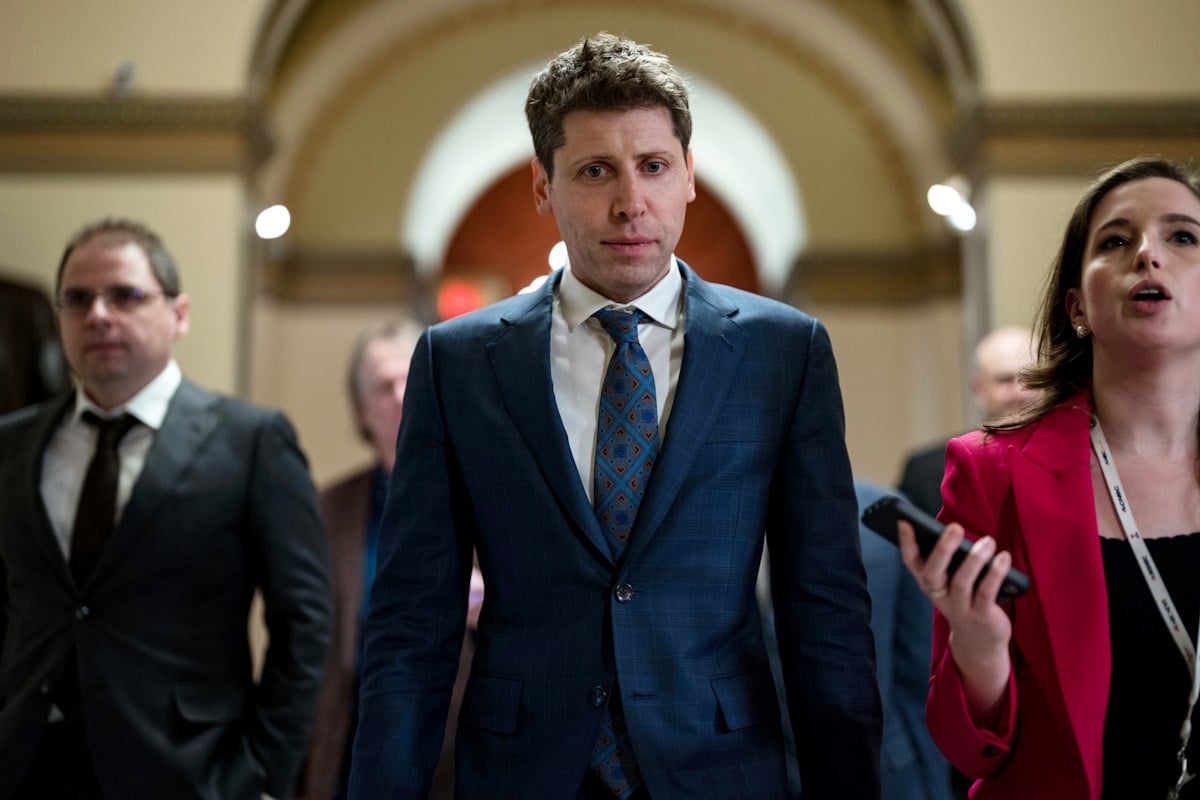By Nina Singh-Hudson
Copyright hoodline

OpenAI found itself playing defense this week against a Wall Street Journal report claiming company executives have discussed leaving California as a “last ditch effort” if state regulators block their controversial nonprofit-to-profit conversion. The ChatGPT maker’s response was swift and unambiguous in a statment made to the Chronicle: “We are proud to be a California-based company and have no plans to leave.”
Whether those internal discussions actually happened—or how seriously they were taken—remains unclear. But the report has thrust a spotlight on the high-stakes regulatory battle that could determine the future of both OpenAI and roughly $19 billion in venture funding tied to the company’s restructuring plans.
The Case for Staying Put
OpenAI’s California roots run remarkably deep for a company founded less than a decade ago. The firm has systematically assembled nearly 800,000 square feet of Mission Bay real estate, including a 315,000-square-foot expansion at 550 Terry Francois Boulevard just last year. That came after their blockbuster 486,600-square-foot sublease from Uber—the city’s largest office deal since 2018.
CEO Sam Altman’s personal investments tell an even more compelling story about local commitment. The 39-year-old has assembled a Bay Area real estate portfolio exceeding $65 million, including four San Francisco homes and a 950-acre Napa Valley ranch. That’s not exactly the investment pattern of someone eyeing the exits.
The political integration runs equally deep. Altman serves as one of seven co-chairs on Mayor-elect Daniel Lurie’s transition team, positioning him as a key architect of the city’s tech-friendly future. Lurie has repeatedly emphasized his vision for San Francisco to “lean into being the home of AI,” with Altman playing a central role in that strategy.
From a business perspective, San Francisco offers OpenAI something that’s tough to replicate elsewhere: a thriving AI ecosystem. The city now hosts expanding startups like Thinking Machines Lab, founded by former OpenAI CTO Mira Murati, creating the kind of talent clustering that tech companies typically pay premiums to access.
The Case for an Exit Strategy
But regulatory pressure has been mounting from multiple directions, creating legitimate headaches for OpenAI’s leadership. California Attorney General Rob Bonta is conducting an active investigation into the company’s proposed restructuring, working with Delaware Attorney General Kathy Jennings to ensure OpenAI’s stated safety mission survives the transition to for-profit status.
The scrutiny has intensified dramatically following tragic incidents involving AI and minors. OpenAI recently implemented new parental controls after reports of harmful interactions between chatbots and children, including a lawsuit from parents blaming ChatGPT for their 16-year-old son’s suicide.
The opposition coalition reads like a who’s who of California power players. Meta Platforms has urged the state attorney general to block OpenAI’s conversion, arguing it could set a dangerous precedent for tech startups gaming nonprofit tax benefits. Elon Musk—OpenAI’s co-founder turned legal adversary—continues his courtroom campaign to torpedo the restructuring entirely. A broader coalition of foundations, nonprofits, and labor unions has organized against the transition.
From a purely business perspective, other states are rolling out red carpets for major tech relocations. Texas has successfully lured Tesla, Oracle, and most recently Chevron with promises of lower taxes, reduced regulations, and business-friendly policies. For a company facing $19 billion in funding contingent on regulatory approval, the appeal of more accommodating jurisdictions isn’t hard to understand.
The Bigger Picture
OpenAI’s situation reflects broader tensions between California’s regulatory approach and the tech industry’s growth ambitions. The company’s unique structure—where a 501(c)(3) nonprofit controls a $300 billion for-profit subsidiary—breaks new ground in corporate governance, creating legal complexities that regulators are still figuring out.
The company has already shown some flexibility, announcing in May 2025 that its nonprofit board would retain control over any new public benefit corporation. This compromise came directly from discussions with California and Delaware attorneys general, suggesting both sides are working toward resolution rather than confrontation.
Whether the Journal’s report reflects serious contingency planning or routine corporate strategizing may never be fully known. What’s clear is that OpenAI faces a delicate balancing act—maintaining investor confidence while navigating regulatory scrutiny, all while keeping one of the world’s most valuable AI teams focused on building the future rather than planning relocations.
The outcome of this regulatory standoff will likely influence how other AI companies structure themselves and where they choose to grow. For now, OpenAI says it’s staying put, but the underlying tensions that sparked exit rumors aren’t disappearing anytime soon.



